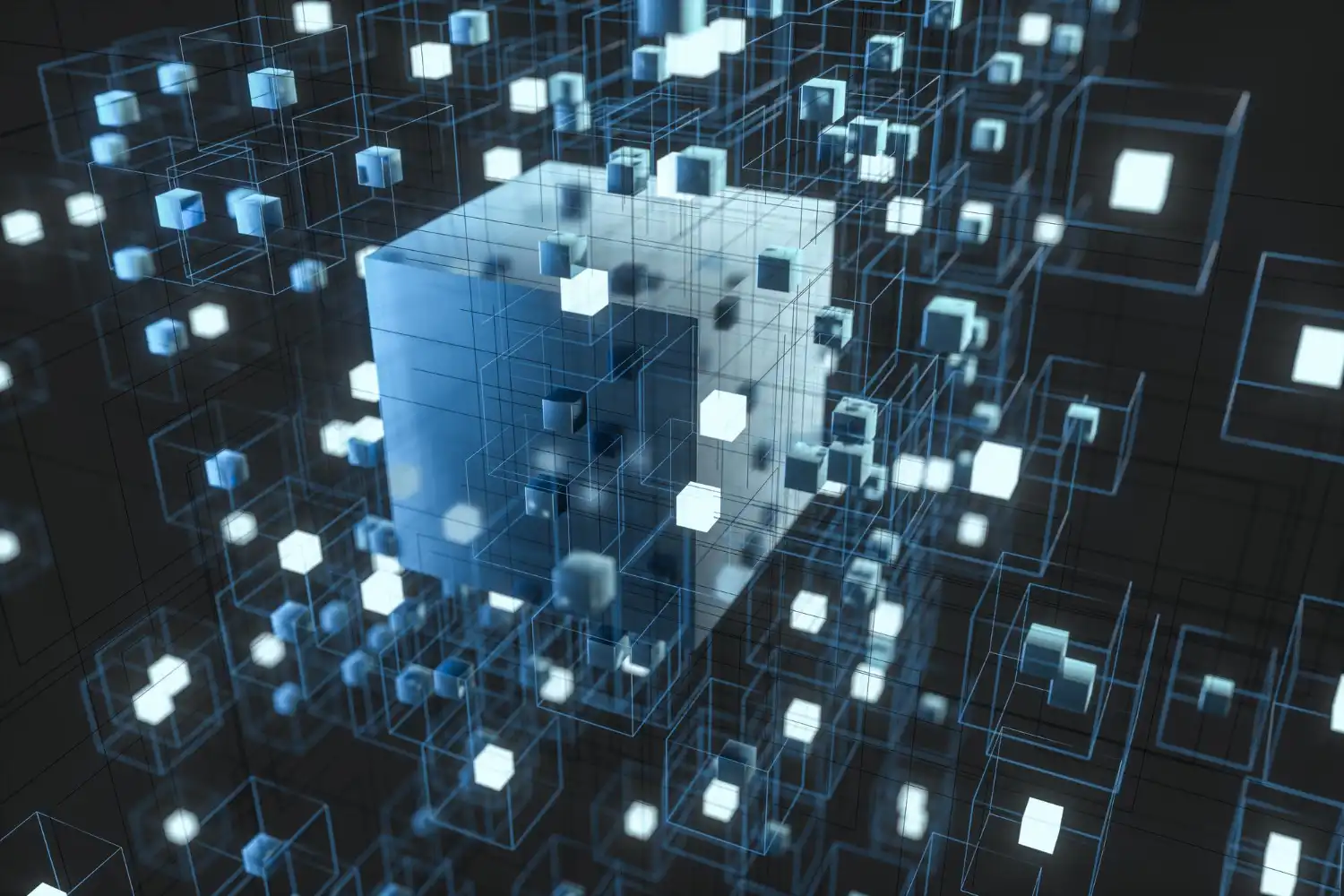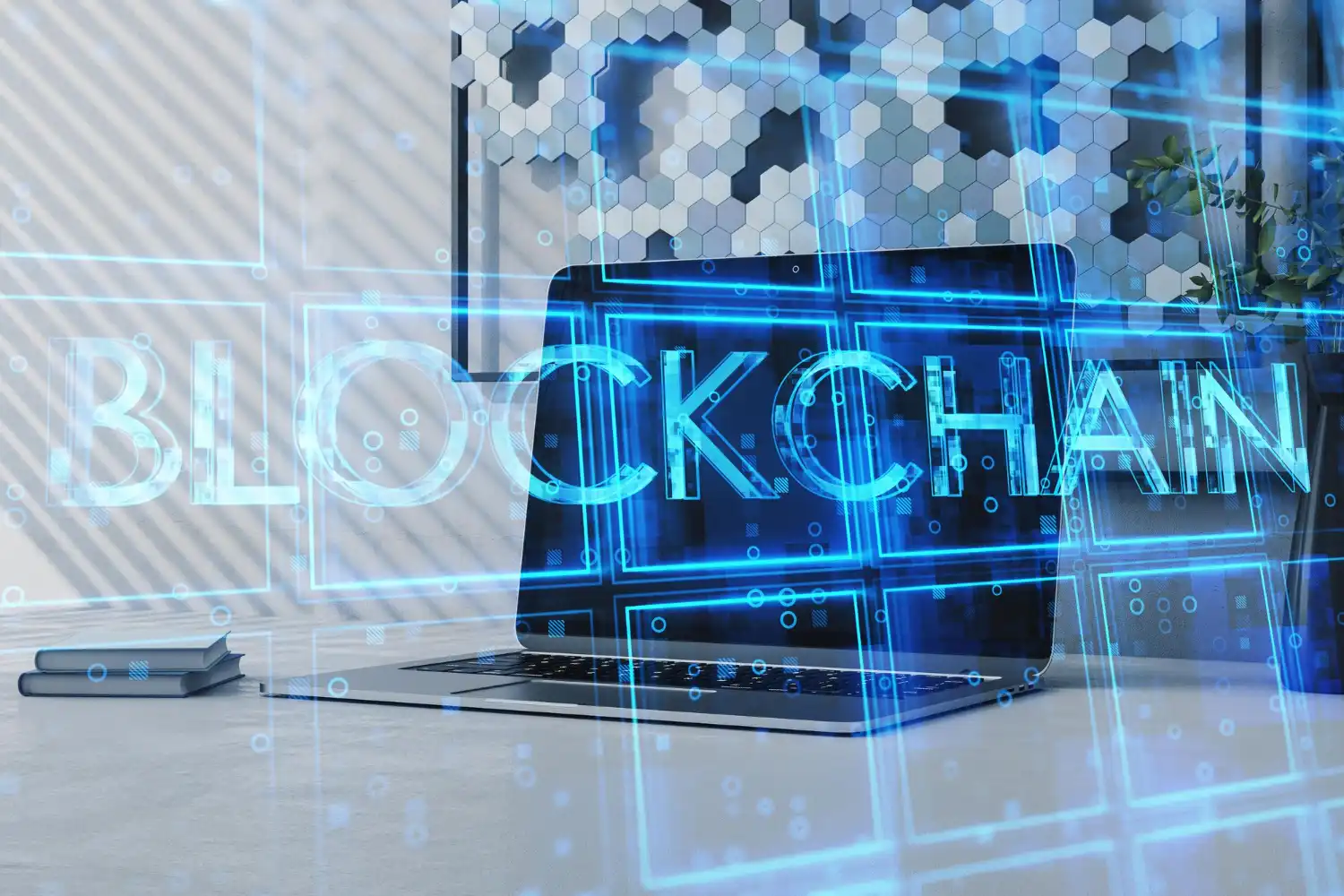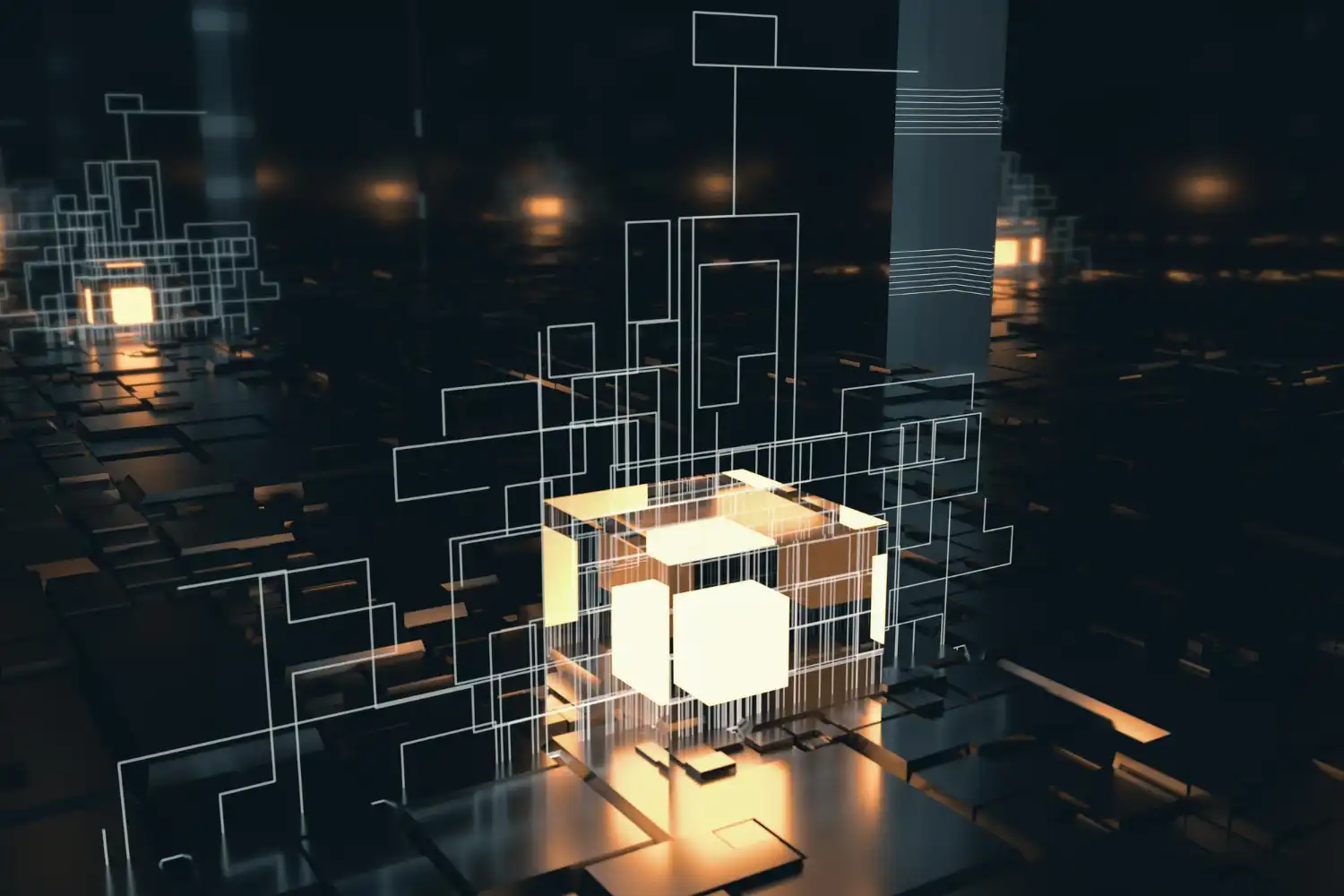
Introduction
Blockchain oracles are an important part of the infrastructure that facilitate smart contracts to communicate with external data and systems that do not necessarily exist within their blockchain ecosystem. Specialized organizations open up pathways between decentralized networks and external resources, which are essentially extending the abilities of blockchain applications.
The blockchain ecosystem runs on particular isolated settings, which makes strong security and consensus processes. Nevertheless, this isolation offers a major weakness in situations where smart contracts are required to provide or receive access to the real world or take action in external systems.
In a realistic case, two parties are involved in a smart contract to have a bet on a sports match outcome. Although the blockchain can store their money in escrow, it does not have the ability to check itself, who won the game. This is where oracles are necessary because they will fetch out the correct match results of trusted sources and deliver the results of these sources to the blockchain in a safe way.
An example of how oracles can address this issue is to offer a secure and reliable connection point to offchain data sources and computing resources.
Understanding Oracle Networks
Oracle networks are groups of autonomous node operators and data sources collaborating to execute decentralized data delivery services. Oracle networks allow the existence of hybrid smart contracts, which use onchain code with offchain infrastructure, to support advanced decentralized applications that are responsive to real-world events.
The oracle networks architecture overcomes the inherent constraint: blockchains have when attempting to gain access to external information. Oracle networks fill this gap by incorporating data of various sources and transferring it to the outside system through decentralized processes.
The existence of centralized oracle solutions is counterintuitive to the decentralized qualities of blockchain-based systems. When one of the oracles is malfunctioning or corrupt, the whole system of the smart contract can either fail or work with false data. This garbage in, garbage out issue is especially perilous considering the fact that the transactions/blocks in blockchain are automated and irreversible.
The remedy is decentralized oracle networks, which eradicate the single point of failure by various degrees of decentralization.
The Oracle Problem is a core issue of blockchain technology where smart contracts do not inherently have access to data or systems outside their native world. This is a drawback of the vast majority of possible smart contract applications, especially in areas of decentralized finance where the prices and market information of real-world assets are required.
Decentralized Oracle Architecture
Indeed decentralized oracles eliminate data manipulation, inaccuracy and system downtime by spreading trust to numerous independent components. Decentralized Oracle Networks mix multiple node operators with assorted trusted data to achieve end-to-end decentralization.
The networks may take the three distinct levels of decentralization:
- Oracle network level
- Data source level
- Node operator level
This layered model will remove any single point of failure and allow smart contracts to rely on external data safely by executing onchain code that will smoothly interoperate with offchain infrastructure.
What will emerge as a result are hybrid smart contract systems, in which onchain code will safely execute on offchain infrastructure.
Types of Blockchain Oracles
With the variety of offchain resources, oracles of various types are needed depending on the mechanism of data delivery and the security requirements.
Pull-Based Oracles
Pull-based oracles are the most familiar type of oracle that is defined by the direction of the data flow and the type of external resources that are being accessed and delivered to blockchain networks to be used as a smart contract. The pull-based model is where oracles proactively fetch the financial market data feeds, and the information is delivered to the decentralized finance applications when required or when a set time interval.
This is suitable when there is a need to have periodic updates of fairly stable information such as asset prices or weather forecasts.
Push-based Oracles
Push-based oracles work in reverse whereby smart contracts issue commands to offchain systems and activate particular actions to be taken. These oracles can allow blockchain applications to communicate with and command existing infrastructure, e.g. by asking banking networks to make payments, or by asking IoT devices to take physical action.
Push-based oracles are especially useful where the enterprise application requires interoperability and the blockchain logic to be attached to known business processes.
Cross-Chain Oracles
Cross-chain oracles support interoperability and can read and write information across multiple blockchain networks.
Cross-Chain Capabilities
Cross-Chain capabilities allow applications to exploit the upholstered features of more than one chain: information in one blockchain can enable computation in another, or assets can be sent between two or more blockchain environments and maintain their functionality and value.
They can be used to perform:
- Complicated computations
- Generate cryptographic evidence
- Offer verifiable randomness to applications
- Automated smart contract execution under specified conditions
- Generate cryptographic evidence to preserve privacy
- Generate verifiable random numbers for games and NFTs
These computation services go well beyond the limits of data processing in terms of oracle performance tracking.
Enhance Your Blockchain Knowledge
Discover advanced oracle implementations and real-world case studies.
Oracle Reputation and Performance Tracking
The openness of blockchain technology allows the openness of oracle performance over time. As oracles are signed and written down data to unchangeable public ledger systems, their historical accuracy and reliability can be analyzed and displayed in interactive dashboard and monitoring systems.
Reputation frameworks give users and developers the data to make the right decision regarding the choice of oracle. These systems monitor:
- Accuracy of the data
- Frequency of update
- System uptime
This provides users of applications an opportunity to select the oracle that will meet their own intended reliability requirements based on the onchain performance history and offchain business reputation of the system provider.
This dual reputation model allows users to score oracle services using an overall performance history, as opposed to marketing claims only.
Applications of Blockchain Oracles
Smart contract developers use oracles to develop advanced decentralized applications in a wide variety of industries and scenarios.
Price Oracles and Product Integration
The integration of secure blockchain infrastructure and trusted access to external data provides opportunities to innovate in conventional sectors. The lending platforms use price feeds to calculate the borrowing capacity and track the collateralization ratio to be used in the liquidation process. Synthetic asset funds are based on oracles to keep assets pegged to physical assets.
Price oracles are used by automated market makers to maximize liquidity concentration around existing market prices, resulting in more capital-efficient trading and liquidity provision by traders and liquidity providers. These financial applications show how oracles can allow more complex financial applications to run on blockchain networks.
Dynamic NFTs and Gaming Applications
Oracles can be used to offer non-financial smart contract applications, especially in the creation of dynamically changing non-fungible tokens in response to external conditions. Gaming apps can change their look, characteristics, or features based on things such as weather, the time of day, or sports results, by using computing oracles that achieve verifiable randomness.
The integration of the pull-based data verification feature and the push-based payment feature is an enterprise-wide system that enables insurance applications to utilize minimal human intervention and maintains transparency and equity in claims lists.
Enterprise Integration
This infrastructure provides institutions with the ability to write and read data in multiple blockchains and apply complex logic to deploying assets and data.
Enterprise oracle integration makes it easy to quickly adopt blockchains because it has reduced the technical burden of connecting to networks on a case-by-case basis. Organizations can establish new blockchain services that users or counterparties need promptly without the necessity to develop them intensively.
Environmental Sustainability
Hybrid smart contracts promote environmental sustainability by coming up with enhanced incentive schemes of green practices through improved verification of environmental impact. Oracle provides smart contracts with environmental information on sensor networks, satellite imagery, and machine learning computations.
The features are used in order to automatically award smart contracts that are proven:
- Reforestation efforts
- Conscious consumption
- Other sustainable practices
New carbon credit markets and environmental impact tracking are also supported by using the oracle-powered verification systems.
The next generation of applications that leverage the security of decentralized systems alongside the capabilities of the traditional infrastructure is facilitated by oracle technology, which provides secure, reliable connections between isolated blockchain environments and other external resources.
The further evolution of the oracle technology is likely to extend the number of ways blockchain systems can be used by industries and other applications that seemingly could not have been implemented without the limitations of blockchain technology before. Such a development reinforces the larger vision of an unquestionably verifiable web on which users can have a say over their assets and enjoy access to transparent and automated systems that react to reality on the ground.
Oracle Applications in Gaming
| Application | Use Case | Benefit |
|---|---|---|
| Random Loot generation | Tamper-proof randomness | Useful in insurance and risk management |
| Tournament matchmaking | Fair player pairing | Transparent and verifiable processes |
| Prize distribution | Automated rewards | Reduced human intervention and increased transparency |
The concept of the interplay between oracle-based digital systems and the physical environment has entered a new dimension of digital interactions.


